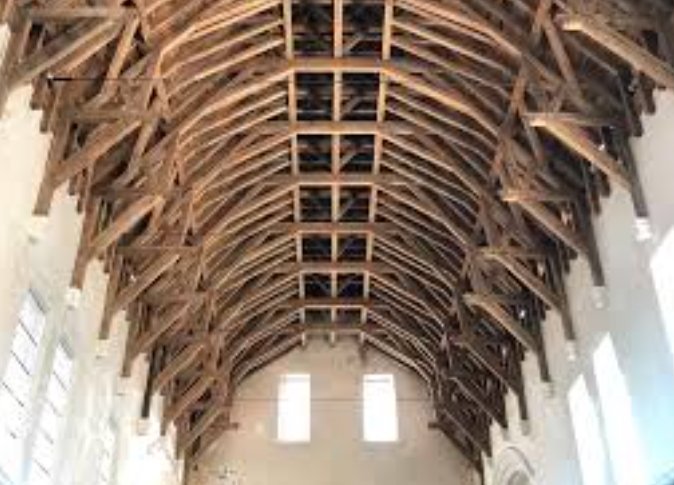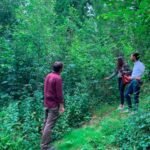While much of Scotland’s rich history has been unearthed through the study of its ancient stone structures—graves, castles, and monoliths—a new scientific approach is shedding light on the country’s past from a different angle: through the study of ancient wood. With the application of dendrochronology, or tree-ring dating, archaeologists are discovering intricate details about past lives, trades, and international connections that were once hidden from view.
A New Chapter in Scotland’s Archaeology
Since the 1970s, dendrochronology has been employed as a dating technique in archaeology. It involves studying the annual growth rings in timber to pinpoint the exact year (and sometimes even the season) a tree was felled. This method provides an unmatched level of precision in dating wooden artifacts, helping to unravel Scotland’s past in ways that were previously unimaginable.
For years, however, this technique was underutilized in Scotland compared to other European countries. That’s now beginning to change with the publication of a new Dendrochronology Research Framework for Scotland, a vital tool that outlines the state of research, highlights major discoveries, and identifies areas in need of further exploration.

The Secrets of Stirling Castle
One of the most striking examples of the impact of dendrochronology comes from Stirling Castle, one of Scotland’s most significant medieval royal residences. Originally established before the 12th century and remodeled several times, Stirling Castle underwent extensive renovations during the reign of the Stewart monarchy in the 16th century and again in the 18th and 19th centuries.
Dr. Coralie Mills, co-author of the new research framework, explained how dendrochronology helped uncover surprising international connections through the study of wooden timbers in the castle. By examining the timbers, archaeologists were able to trace their origins to Scandinavia, particularly Denmark and southern Sweden. The oak timbers were felled in the spring of AD 1476, offering rare insights into a lost building constructed during the reign of King James III.
The Timber Trade and Its Global Reach
These findings reveal much more than just the construction of a medieval castle. They also highlight Scotland’s involvement in a vast timber trade network that spanned Europe. By the late medieval period, Scotland’s native timber supply had become increasingly scarce, forcing the country to rely on imports from places like Scandinavia and the Eastern Baltic. This reliance on foreign wood continued for centuries, and dendrochronology is now allowing us to trace the paths these timbers took.
In addition to Stirling Castle, the framework includes other case studies that showcase how the study of ancient wood is deepening our understanding of Scotland’s history. For instance, the Black Loch of Myrton in Dumfries & Galloway revealed the remains of an Iron Age roundhouse and settlement, preserved beneath the water for thousands of years. Similarly, the timbers from Ancrum Bridge in the River Teviot helped reshape our understanding of Scotland’s medieval period. Originally thought to have been built during the reign of David II (1329-71), dendrochronology revealed that the bridge was actually constructed during the more peaceful reign of James I in the early 15th century.
Bridging the Past and Present
The Dendrochronology Research Framework is not just a technical guide for archaeologists; it’s a valuable resource that connects Scotland’s past with its present. With the support of Forestry and Land Scotland and Historic Environment Scotland, this collaborative effort, led by AOC Archaeology Group, Dendrochronicle, and universities, is helping archaeologists explore Scotland’s timber heritage like never before.
As the framework outlines, much of Scotland’s timber history has been lost to time, but this new wave of dendrochronological research is opening doors to understanding the trade routes, building techniques, and international relations that shaped Scotland centuries ago.
Dr. Mills emphasized the importance of this initiative, noting the privilege of working with such significant historical sites and contributing to the broader effort to preserve Scotland’s unique tree-ring record. Thanks to this framework, the rich history of Scotland’s timber trade is being brought to light, offering a window into a world long forgotten but now rediscovered through the study of ancient wood.


















